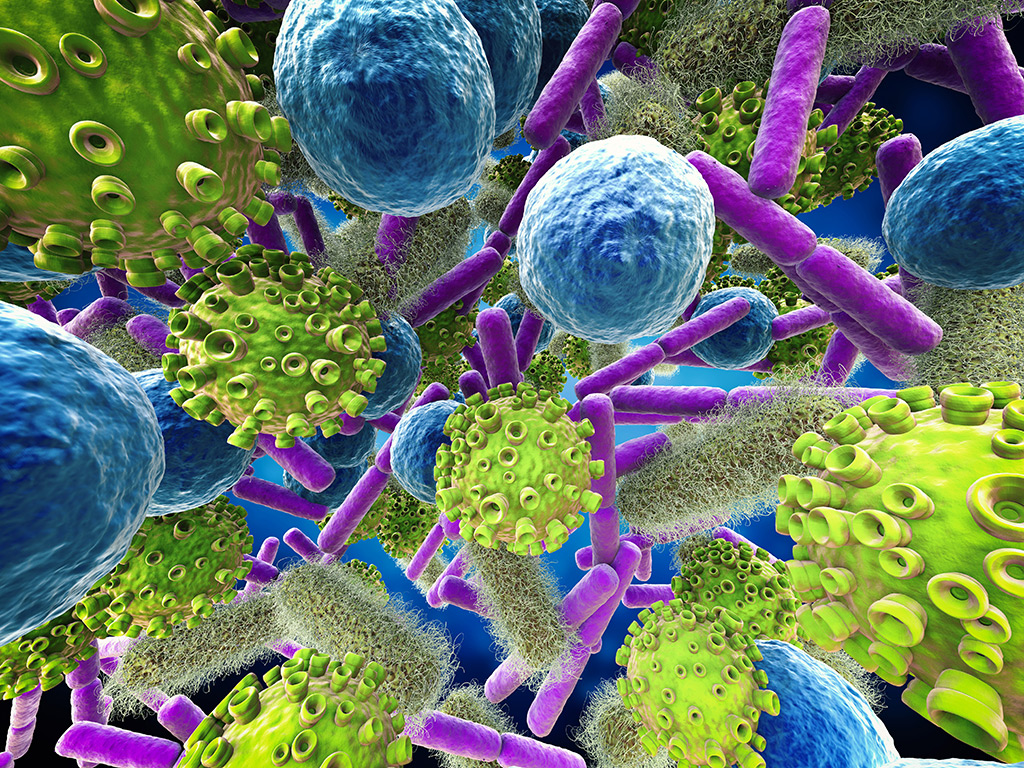E. Coli (Escherichia coli)

E. Coli can be deadly. Safe Home has multiple kits that provide drinking water testing for E. Coli bacteria in city water or well water supplies.
Parameter Type: Drinking Water Testing for Volatiles
Parameter Name: E. Coli (Escherichia coli)
What it is and Where it Comes From:
Escherichia coli are bacteria found in the environment, foods, and intestines of people and animals. E. coli are a large and diverse group of bacteria. How does E. Coli get into drinking water? E. coli is most found on a small number of livestock farms where the bacteria can thrive in the intestines of healthy animals. Millions of germs can be released in a bowel movement from an infected human or animal. E. coli may be found in water sources, such as private wells, that have been contaminated with feces from infected humans or animals. Waste can enter the water through different ways, including sewage overflows, sewage systems that are not working properly, polluted storm water runoff, and agricultural runoff. Wells may be more vulnerable to such contamination after flooding, particularly if the wells are shallow, have been dug or bored, or have been submerged by floodwater for long periods of time. You cannot tell by the look, taste, or smell of the water if disease-causing organisms are in it. The only reliable way to tell if bacteria is present in your water is with drinking water testing. Safe Home offers two platforms of drinking water testing for E. Coli (Escherichia coli). Drinking water testing for bacteria in well water is the most common. However, the Safe Home bacteria in water test kits can test any water supply including city water, well water, cisterns, and more. The first platform is Do-It-Yourself testing for bacteria in drinking water, this allows you to perform drinking water testing for E. Coli bacteria in the comfort of your own home. However, with this DIY test kit, you will need additional equipment such as a UV lamp with a 365 nm wavelength, to detect E. coli. The second platform is a Laboratory drinking water testing kit for E. Coli bacteria, allowing you to collect your water sample and ship it directly to our EPA-Certified Laboratory, to test for bacteria (including Total Coliform). Both platforms for drinking water testing can be used for animals such as livestock and domestic pets.
Health Effects:
Some kinds of E. coli can cause diarrhea with severe stomach cramps, while others cause urinary tract infections, respiratory illness, pneumonia, and other illnesses. E. coli O157:H7 is one of hundreds of strains of the bacterium E. coli. Although most strains are harmless with long-term effects, O157:H7 is a strain that produces a powerful toxin and can cause severe illness, in humans. Infection often causes severe bloody diarrhea and abdominal cramps; sometimes the infection causes non-bloody diarrhea. Frequently, no fever is present. It should be noted that these symptoms are common to a variety of diseases and may be caused by sources other than contaminated drinking water. To avoid infection, try to not swallow recreational water when swimming and only drink water that has been sufficiently treated according to safe drinking water guidelines. Coliform Bacteria (including E. coli) can find their way into drinking water supplies, especially private wells.
Solutions to Contaminant Levels:
Once you have begun the drinking water testing process, it is time to resolve the issue. It is recommended that owners of private wells preform drinking water testing 4-12 times/year, for Bacteria. If coliform bacteria are present, see resource(s) below for methods to reduce or eliminate the presence of coliform bacteria in a water supply. There are many ways to remove bacteria from your drinking water. Shock Chlorination: In some cases, coliform bacteria can be introduced to a well water or spring from a one-time or temporary contamination event such as a heavy rainstorm or installation of a new submersible pump. Shock chlorination can be used to disinfect a well or spring by introducing a high concentration of chlorine to the water for a short time. Retest the water for bacteria within 10 to 14 days and again several months later. If the follow-up bacteria tests are negative, it is likely that a onetime contamination event occurred that has been successfully treated. If the bacteria have returned, you will need to consider a continuous disinfection treatment system. Chlorination treatment systems are basically composed of a feed system that injects a chlorine solution (sodium hypochlorite) or dry powder (calcium hypochlorite) into the water ahead of a storage tank. Most chlorinators use positive displacement feed pumps to meter the chlorine into the water. Other units may use suction-type chlorinators or pellet droppers to deliver the chlorine.


